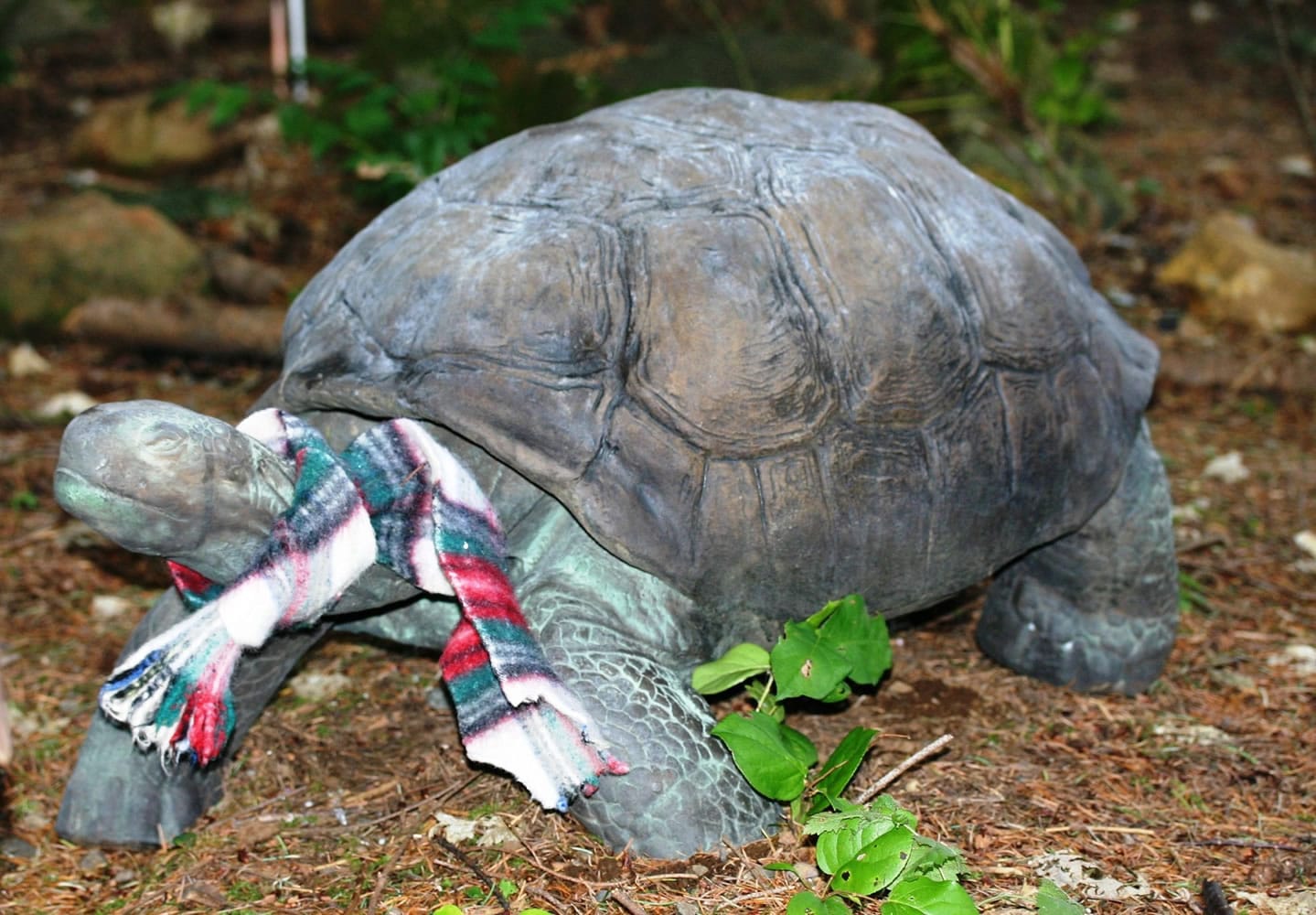Take advantage of this barren season and plant deciduous trees with excellent bark color and texture. The luminescent bark on the trunk and limbs of the European Whitebark Birch (Betula utilis var, jacquemontii) is breathtaking. Its stunning brother, the River Birch (Betula nigra), has cinnamon-brown bark that flakes and curls in translucent sheets.
A single, clump-forming birch has multiple trunks to show off its bark but won’t overwhelm a small garden. If you have a large property with rocky, well-drained soil in full sun, plant a stand of Aspen for their ghostly gray winter bark. If you don’t intend to plant this winter, mark the ideal location now, so you know where to plant when springtime weather returns.
Two small trees that grow easily in Clark County and shine in winter are the Paper Bark Maple (Acer griseum) and Coral Bark Maple (Acer palmatum, Sangokaku). The peeling, paperlike bark on Acer griseum curls back to reveal bright cinnamon branches and the Coral Bark Maple has the red and hot pink highlights on the newest twigs and branches.
A choice I make for my winter garden is to leave two water features operating through the season. Since I live at an elevation of 1,250 feet, we can expect at least two or three substantial snowfalls a year. Last week, John, my nearest neighbor, measured seven inches in his driveway. I like to leave one fountain flowing for visual interest to the house entry and the other as a drinking fountain for visiting wildlife.
The focal point of my entry courtyard is a tiered, lion head fountain. This fountain adds sound and movement to the entry and since I continue to have the occasional garden visitor throughout the winter, I choose to keep this fountain running. To assure its continuing operation, I have installed a pond heater to keep the water from freezing.
The other water feature is a large, nature-inspired pool with a stone bubbler at one end and a concrete statue of the Frog King at the opposite end. The bubbler is set away from the pond’s edge and offers a safe haven for small birds to flit from nearby trees and drink fresh water. A dozen or more goldfish called shubunkins spend winter in the deep end of the pond. The strong circulation of water keeps this pond from freezing over.
The alternative would be to drain both water features completely for the winter. It would also be necessary to remove and store the water pumps. Water left in any enclosed container, whether a water feature, plant container or watering can, has the possibility of breaking the container when water freezes. If a pump remains submerged in water that might freeze over winter, it’s very likely the pump would be destroyed in the process.
One problem with garden catalog shopping is that there is a salesman’s voice telling you what plants you need in your garden. A catalog is essentially an advertisement with a shopping list attached. That friendly voice wants you to buy at least one of everything you see. Although catalog pictures are beautiful, when we shop from a local nursery we get to see the actual plant we will be taking home.
Most of us are used to buying plants off the shelf that range in size from a two-inch-square pot to sizes measured in gallons. This is not necessarily so in a catalog. Many of the plants they send you could probably fit into a plastic sandwich bag without crowding out the turkey on rye. Always check the small print for details about the size and quality of the plants each company will mail to you.
Before you make your final plant catalog order, cross-reference each decision by checking out the plant’s true nature in a reliable resource such as the Sunset Western Garden Book. This will add realistic, nonbiased information on zone, soil requirements and the ultimate size of your plant choice. Always check for a money-back guarantee or at the very least a guarantee of plant replacement.
I have to admit that I’m a catalog window shopper. I don’t buy a lot, but I do rely on them for inspirational fuel and to tide me over during the in-between season of late winter and early spring. I remind myself that local nurseries will soon carry flats of colorful primrose and cheerful daffodils. Most of the plants on my wish list wait in limbo for the arrival of spring.
Robb Rosser is a WSU-certified master gardener. Reach him at Write2Robb@aol.com.



